Bhutan is also popularly called the Kingdom of Bhutan. It is an inland country located in the eastern Himalayan Mountains of Central Asia. This small country is spread over an area of about 38 thousand square kilometers and has a large population of about 8 lakh people. Bhutan is famous for its culture, rich history and ancient traditions. It has wonderful landscapes and diverse wildlife which attracts a large number of tourists every year. The magnificent Bhutan rivers contribute to the beauty and grandeur of the country. Glaciers in Bhutan are an important and inexhaustible source of water for many of the country’s major rivers. Bhutan is a paradise for wildlife and nature lovers. It is frequented by tourists from all over the world who come to enjoy the beauty of the beautiful river banks. The rivers of Bhutan are full of mysteries and people have a sacred relationship with them. After flowing through different regions of the country, all the rivers of Bhutan eventually join the Brahmaputra River in India.
10 rivers of Bhutan worth exploring
Here we share the most popular Bhutan rivers that you must visit at least once on your next trip to the country. To keep an eye:
1. Wong Chu
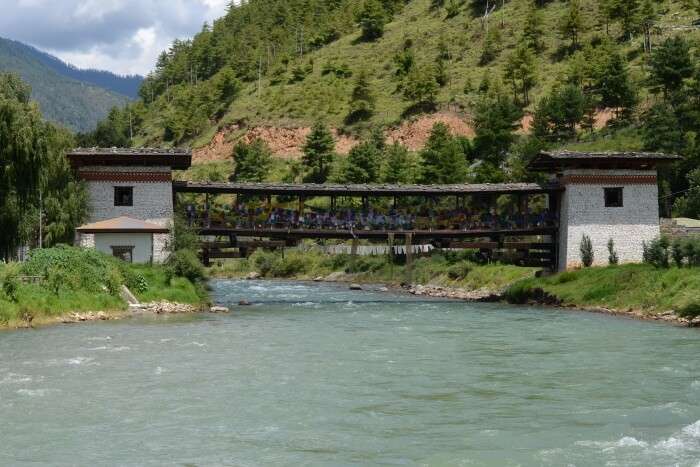
The Vong Chhu or Raidak River holds popularity as a cross-frontier river and a branch of the Brahmaputra River. The entire length of the majestic Radak River is 370 kilometers. It flows through three countries which are Bhutan, Bangladesh and India. The Radak River begins in the Himalayan glaciers in Tibet. This river covers some of the famous and major valleys of Bhutan including Paro, Thimphu and Ha. A very important aspect of west-central Bhutan, it makes its way into Bhutan through the country’s westernmost border.
Ultimately, it joins the Brahmaputra river. Apart from this, Radak River is extremely famous for adventure activities related to rafting and kayaking. The most preferred destination for these adventure sports is Paro or Thimphu as it has a large number of options to choose from. In addition, there is also a lock hydroelectric power station on the Wang Chu River.
Must read: Burning Lake: A Pocket Guide to Enjoying Complete Tranquility in Bhutan’s Religious Destination!
2.Torsa Chhu
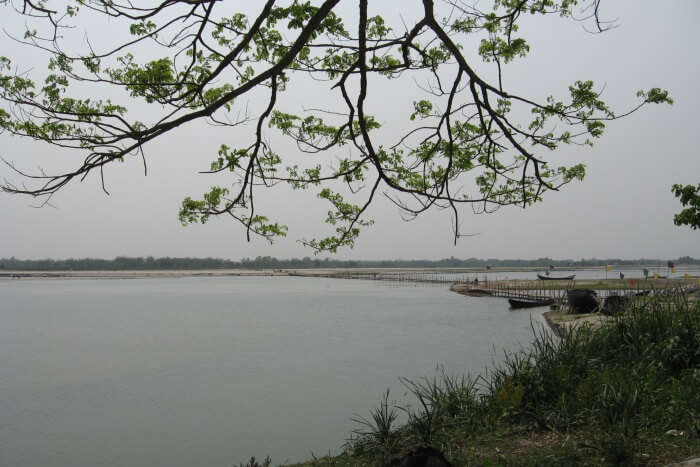
Torsa Chhu also called Kambu Maku, Machu and Amo Chhu originates in the Chumbi Valley in Tibet, China. It makes its way to Bhutan where it is known as Amo Chu. Additionally, it is the smallest river system in the country. Of its total length of 358 km, 113 km is in Bhutan. It forms an important part of Bhutan through the western parts of the country. Torsa Chhu flows through the tea gardens of Dalsingpara and Jaldapara National Park. The charming landscape is perfect for family outings, and its wildlife sanctuary houses a huge variety of animals. It eventually flows into the northern part of West Bengal in India. Additionally, it also flows through Bhutan’s only nature reserve, the Torsa Strict Nature Reserve. Other major cities located on its coast are Phuntsholing in Bhutan and Cooch Behar in India. Torsa Chhu is becoming extremely famous almost everywhere across the world due to its ancient and remarkable landscape.
3. Kuri Chhu

These are undoubtedly the most famous rivers of Bhutan. Furthermore, it is a major river of eastern Bhutan. The river has created a picturesque valley with steep hills and high mountains. The Kuri Chhu originates as a tributary of Bhutan’s largest river. Tangkhar Chhu, Chunegang Chhu, Kilung Chhu, Rong Chhu, Ni and Dungkhar Chhu are the main tributaries of Kuri Chhu. Additionally, Kuri Chhu exists as a popular destination for whitewater sports such as kayaking and rafting. The river forms different streams covering different distances. The lower race is suitable for both rafting and kayaking while the middle race and upper race can be used only for kayaking.
Read suggestions: Backpacking in Bhutan: An exciting experience for all travelers
4. Jaldhaka River
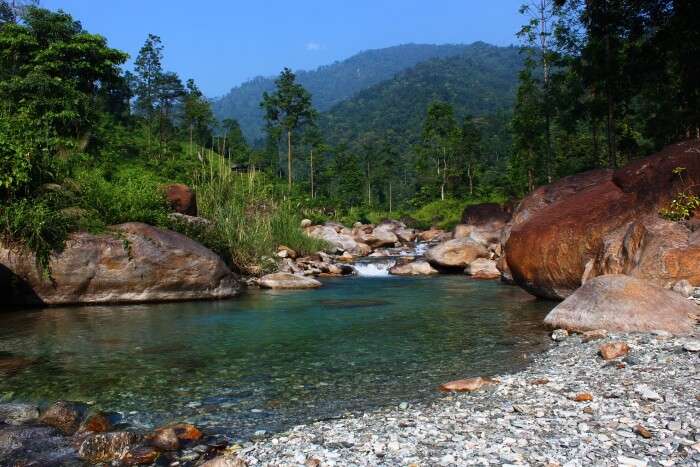
Jaldhaka River, also known as Dichu River, is a trans-border river that originates from Bitang Lake, located in southeastern Sikkim. The Jaldhaka River flows through Bhutan and the Kalimpong, Cooch Behar districts and Jalpaiguri of West Bengal. Jaldhaka river is formed by the confluence of three streams. Moreover, Jaldhaka River is undoubtedly one of the best destinations in the valley where tourists can also enjoy bird watching and trekking.
5. ha chhu
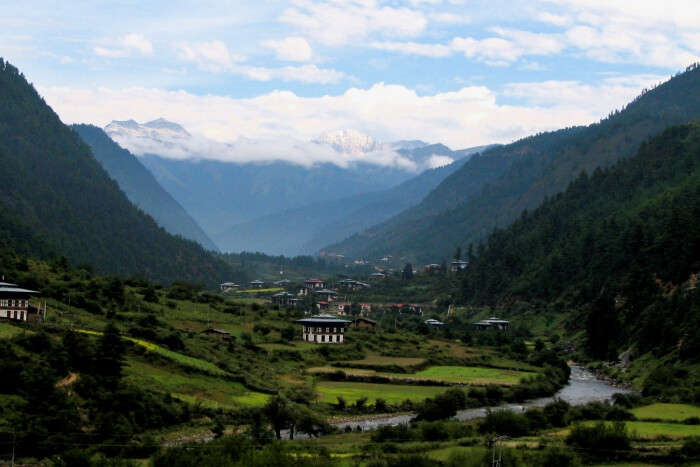
The Ha Chhu River is located in west-central Bhutan. Furthermore, it is a tributary of the Radak River. The river originates from the south-facing slopes of the main Himalayas, and its source is located in the southern part of the exotic Chomo Lahari. There are many rocky cliffs on the banks of this river. Most of the Ha Chhu catchment is under temperate mixed, alpine and sub-alpine forests. In addition, Ha Chhu has a notable fish culture that attracts large numbers of travelers to the river.
Read suggestions: Hiking in Bhutan: 9 Fascinating Trails Every Hiking Lover Must Try!
Planning your vacation but confused about where to go? Let these travel stories help you find the best trip ever!
Real travel stories. Stays real. Useful tips to help you make the right choice.
6. Paro Chhu
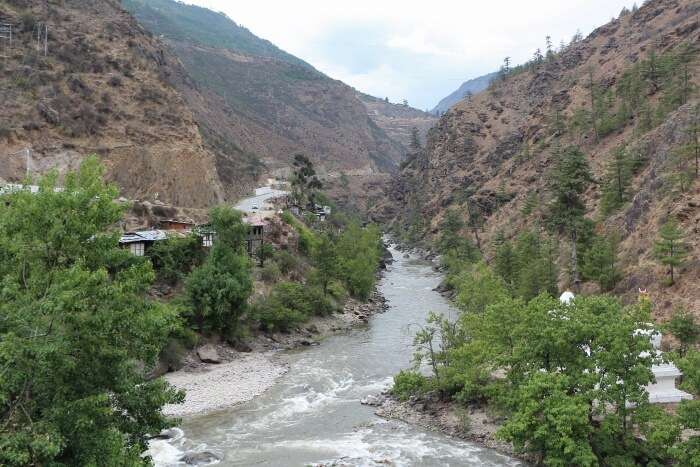
Known as one of the most famous rivers of western Bhutan, it is a tributary of the Radak. Passing through the Paro Valley, it covers Bhutan’s major cities and some popular monasteries. Furthermore, monasteries represent the highest and finest architecture of the country. Below the Dzong, the magnificent Paro Chhu is made up of a traditional wooden-framed bridge widely known as Nyamai Zam. Below the city, the river flows toward Bhutan’s only international airport. Additionally, Paro Chhu is a great place for kayaking, and the lower area of the river is perfect for intermediate kayakers. While experienced kayakers can head towards Vong Chhu.
7. Tang Chu
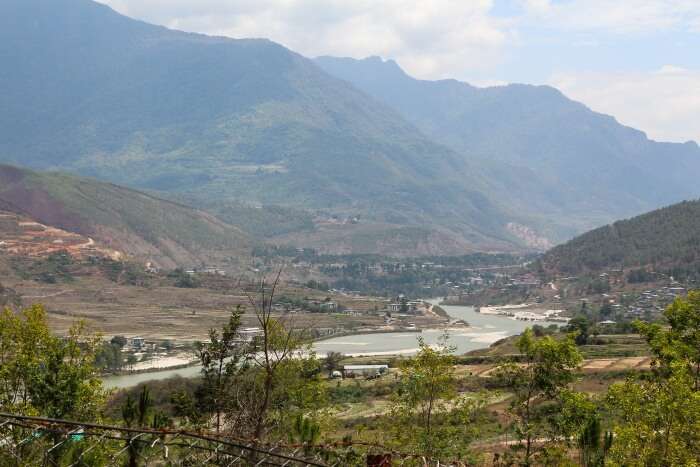
The Tang Chuu is a tributary of the Mo Chhu in western Bhutan. This river originates in the Himalayas close to Thovadra Gompa and receives several mountain streams. After this, the Tang Chuu joins the Mo Chu River. Tang Chuu has a beautiful pool called the Burning Lake or Membertsho. Furthermore, Tang Chuu is very famous for trout fishing. In fact, it is the best place for tourists who love outdoor fishing.
Read suggestions: Sakteng Wildlife Sanctuary: Wilderness Walk in Bhutan
8. Manas River

The Manas River in Bhutan is a transboundary river located between southern Bhutan and India. The river is named after the snake god Manasa in Hindu mythology. Additionally, the Manas River is the largest river system of Bhutan, and has a length of 377 kilometers. The river has great ecological diversity and due to the vast altitudinal range it has diverse climatic conditions. The Manas River valley contains two major reserved forest areas which are the Manas Wildlife Sanctuary and the Royal Manas National Park. These places include a biosphere reserve, an elephant reserve and the Project Tiger Reserve. It was declared a UNESCO World Heritage Site in December 1985. This river has great economic importance. Being a rich natural resource, it is used by farmers for irrigation purposes. The river enhances the beauty of the surrounding environment. Manas River is indeed an ideal tourist destination for wildlife and nature lovers.
9. Mangde Chhu
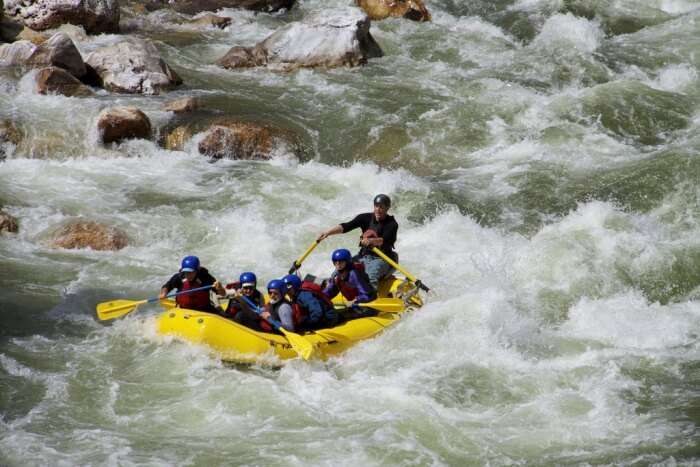
The Mangde Chhu, also known as the Tongsa River, flows north–south in central Bhutan. The Mangde Chhu originates from the Wangdue Phodrang district of Dzongkha. The eastern slopes of the Black Mountains are drained by the river which paves the way for the eastern boundary lines of Royal Manas National Park and Black Mountain National Park. Shemgang, Tama, Batase and Suare rice fields are the major towns and areas through which the Trongsa road passes. Trongsa Dzong, the Buddhist monastery in Trongsa, is located above Mangde Chhu. Furthermore, it is connected by a series of beautiful paved courtyards, stone stairs and corridors.
Read suggestions: The Only Guide to Zhemgang in Bhutan You Need Before Your Trip to Nepal
10. mo chhu
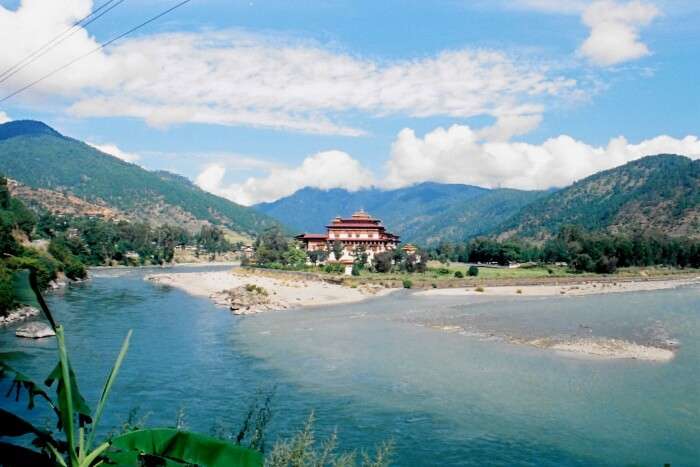
Mo Chhu or Sankosh River is a major river of Bhutan. The river originates in Gasa Dzongkhag district, close to the border of Bhutan and Tibet. When in contact with Pho Chhu, Mo Chhu is known as Paro Tsang Chhu. This confluence occurs close to the Punakha Dzong in the Punakha district. In the country, these points of convergence are not considered auspicious, and three chorten (Buddhist temples) have been built for the purpose of cleansing the impure aura. Punakha Dzong overlooks this scenic river. The bridge built on it offers a wonderful view of the surroundings. The river bank is known for its excellent fauna and flowers beautify the environment. A trip to Bhutan remains incomplete without seeing this magnificent and ancient river.
read ahead: Top 10 Honeymoon Places in Bhutan Where You Will Fall in Love All Over Again!
Bhutan is undoubtedly one of the most exquisite and spectacular places in the world. The rivers of Bhutan enrich the country and enhance its beauty. Furthermore, the fauna of Bhutan is mesmerizing, and the exquisite beauty of the surroundings is indescribable. Moreover, there is hardly any place in the world that can surpass Bhutan in terms of its pristine beauty and grandeur. On your next trip to Bhutan, make sure you visit the various rivers of Bhutan and soak in the serene atmosphere.
Do you want to book a holiday package?
Book memorable holidays on TourTravelHotels with 650+ verified travel agents for 65+ domestic and international destinations.
 Tips Clear – Media Surfer News Tips Clear: Your Daily Dose of Expert Advice
Tips Clear – Media Surfer News Tips Clear: Your Daily Dose of Expert Advice